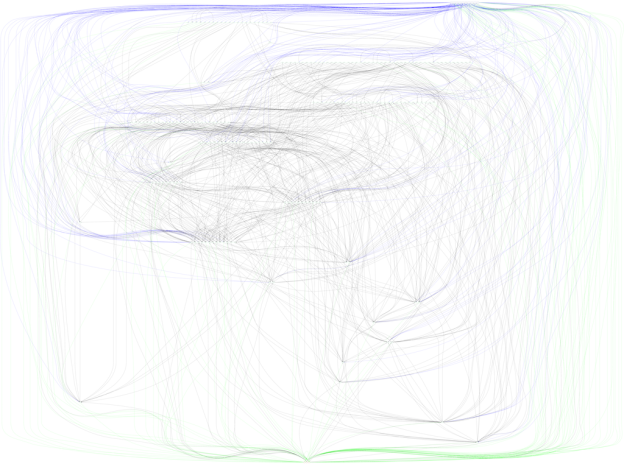In the field of evolutionary robotics, artificial neural networks (ANNs) are an intriguing control strategy attempting to replicate the functionality of natural brains. These networks, essentially directed graphs, with the possibility for cycles, are comprised of nodes containing a mathematical function, connected by weighted edges. Inputs are correlated with information that may be useful for a robot such as: orientation, speed, goal conditions, etc., which is then propagated through the edges and weights to arrive at a set of outputs to direct motor movements or sensor readings. Unfortunately, the size and complexity of these networks can grow rapidly when anything but the most simple tasks are attempted, making these graphs very challenging to interpret what processes and information are being used by the ANN for controlling the robot. I’ll save the long description of ANNs, but for an idea of what they can do, the following video features an ANN to control a swimming robot in a simulated flow.

Adventures in Visualization: Understanding Artificial Neural Networks Pt. 1
Leave a reply